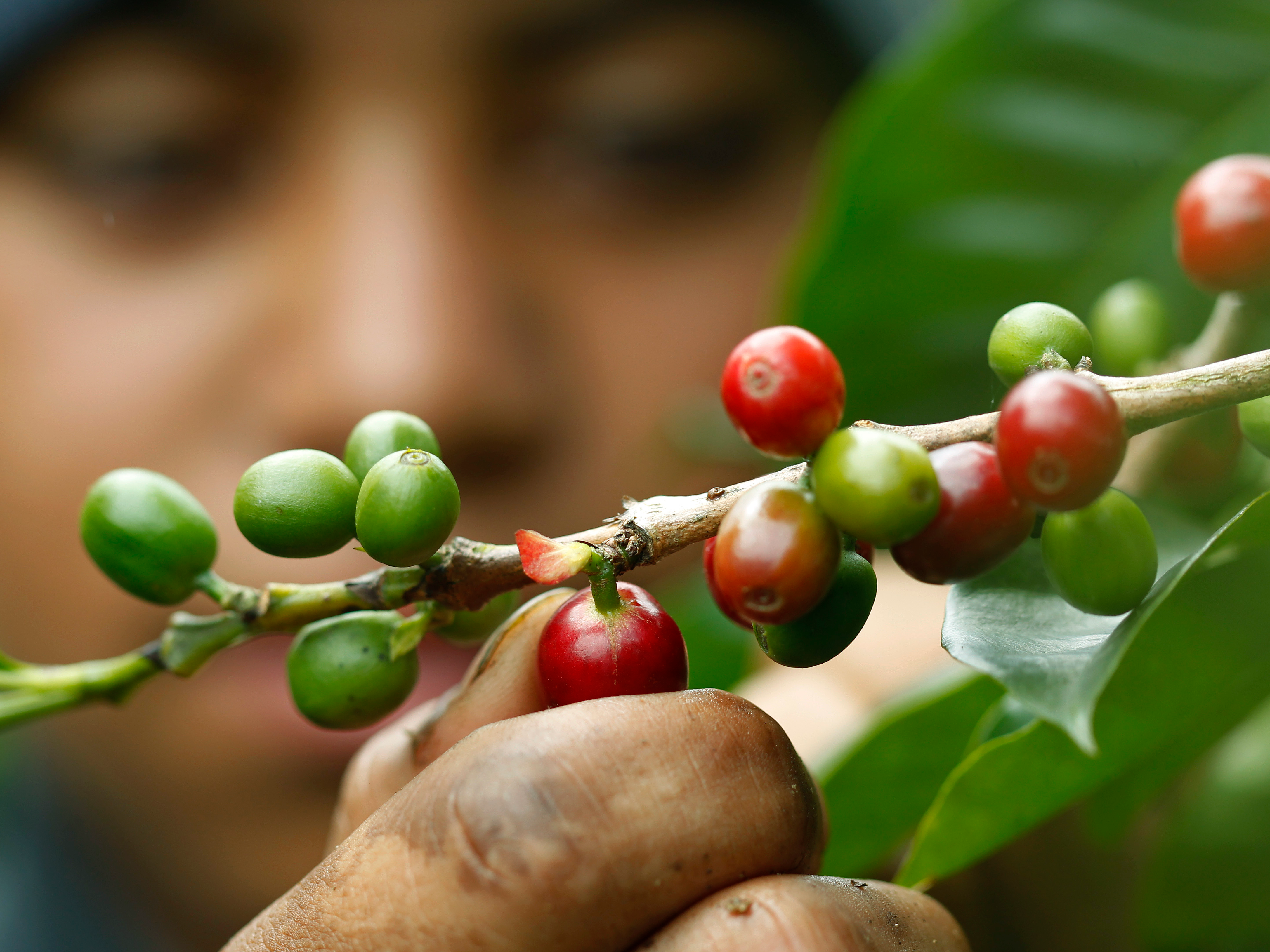- Coffee has been growing in Costa Rica since the 19th century when the government gave away free coffee seeds to encourage production.
- Costa Rica has always had a good reputation for higher-quality coffee.
- Tourism has helped boost Costa Rica’s coffee trade.
The following is an excerpt from The World Atlas of Coffee, 2nd Edition by James Hoffmann. Excerpted with Permission from Firefly Books Ltd.
Coffee has been grown in Costa Rica since the early 19th century. When the country’s independence from Spain was declared in 1821, the municipal government gave away free coffee seeds to encourage production and records show there were around seventeen thousand trees in Costa Rica at that point.

In 1825 the government continued its promotion of coffee by exempting it from certain taxes, and in 1831 the government decreed that if anyone grew coffee on fallow land for five years, they could claim ownership of it.
While a small amount of coffee had been exported to Panama in 1820, the first real exports began in 1832. Although this coffee was ultimately bound for England, it first passed through Chile where it was re-bagged and renamed as 'Café Chileno de Valparaíso'.
Direct export to England followed in 1843, not long after the English became increasingly invested in Costa Rica. This ultimately led to the establishment of the Anglo-Costa Rican Bank in 1863, which provided finance to allow the industry to grow.
For nearly fifty years, between 1846 and 1890, coffee was the sole export of the country. Coffee drove linking the country to the Atlantic, as well as funding the San Juan de Dios Hospital, the first post office and the first government printing office. It would have an impact on culture too, as the National Theater is a product of the early coffee economy, along with the first libraries and the Santo Tomás University.
Costa Rica's coffee infrastructure had long given it an advantage when it came to fetching a better price on the international market. The wet process had been introduced in 1830, and by 1905 there were two hundred wet mills in the country. Washed coffees achieved higher prices, and at this time processing coffee in this way added to its perceived quality.
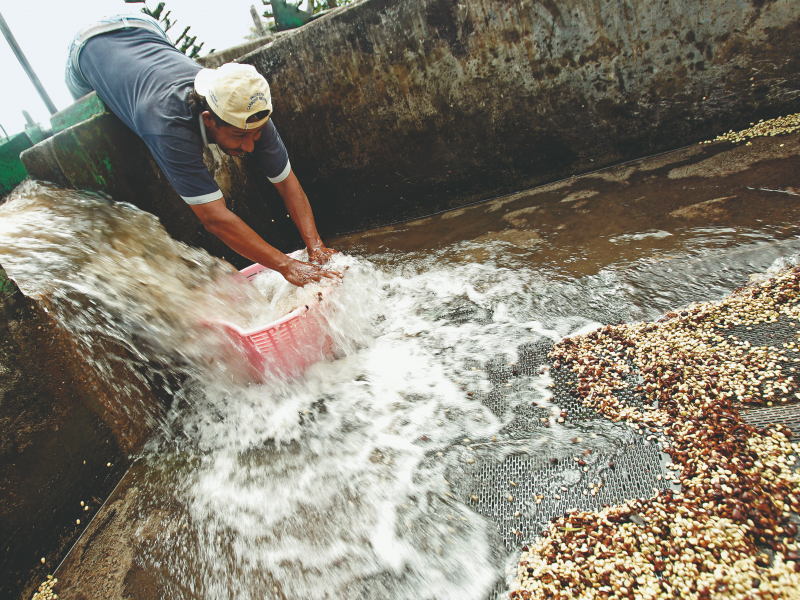
The coffee industry continued to grow until it began to reach its geographical limits. The population was still spreading from San José to the rest of the country, and farmers were looking for new land upon which to grow crops. However, not all of the land in the country was suitable for growing coffee, something that still checks the growth of the industry to date.
It is undeniable that Costa Rican coffee held a good reputation and achieved good prices for its coffees for a very long time, even though the coffees it was producing were typically clean and pleasant rather than interesting or unusual. There was a drive in the later part of the 20th century to move away from heirloom varieties, towards high-yielding varieties. While higher yields make economic sense, many in the speciality coffee industry felt that the cup quality decreased and became even less interesting. However, there have been recent changes that have brought a great deal of interest back to the higher-quality coffees produced in the country.
The government's role
Right from the start, coffee production was strongly encouraged in Costa Rica, with land being given away to those who wished to grow the crop on it. In 1933 the government, under pressure from the coffee-growing community, created the rather bombastically titled Institute for the Defence of Coffee. Initially, the institute was to play a role in trying to prevent small coffee growers from being exploited by those who bought their coffee cherry cheaply, processed it and sold it for a much greater profit. They did this by setting a limit on the profits that could be made by larger processors.
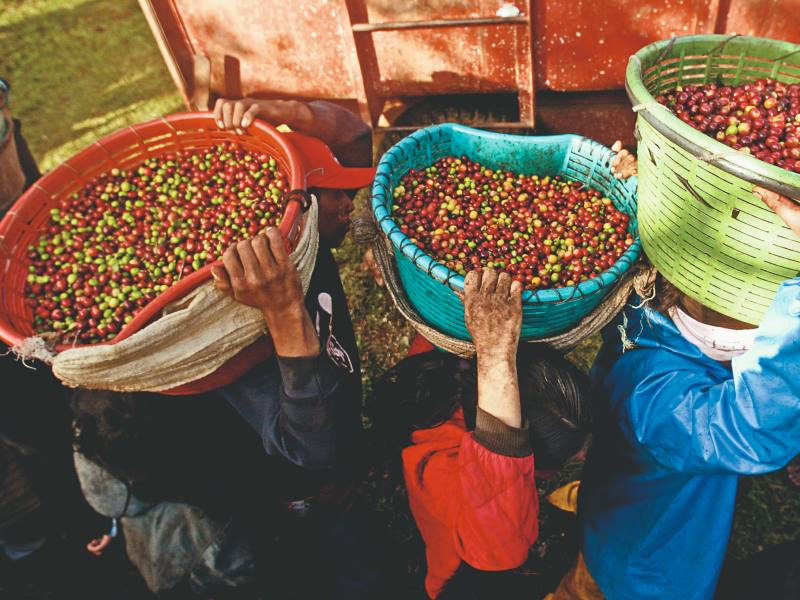
In 1948 the government body for coffee became the Oficina del Café, though some of the responsibilities for coffee went to the Department of Agriculture. This organization became the Instuto del Café de Costa Rica (ICAFE), which still exists today. ICAFE has a wide-ranging involvement in the coffee industry, running experimental research farms and promoting the quality of Costa Rican coffee worldwide. It is funded by a 1.5 percent tax on all exports of coffee from Costa Rica.
The micro-mill revolution
Costa Rican coffee had a long-standing reputation for good quality, and as such fetched a premium price in the commodity marketplace. What it lacked, as the speciality coffee market developed, was much in the way of traceable coffee. Typically coffees exported from Costa Rica around the turn of the millennium carried marks that were essentially brands created by the large mills or beneficios. These brands obscured exactly where the coffee had been grown and the unique terroir or qualities that it may possess. There was little in the processing chain to keep the individual lots distinct.
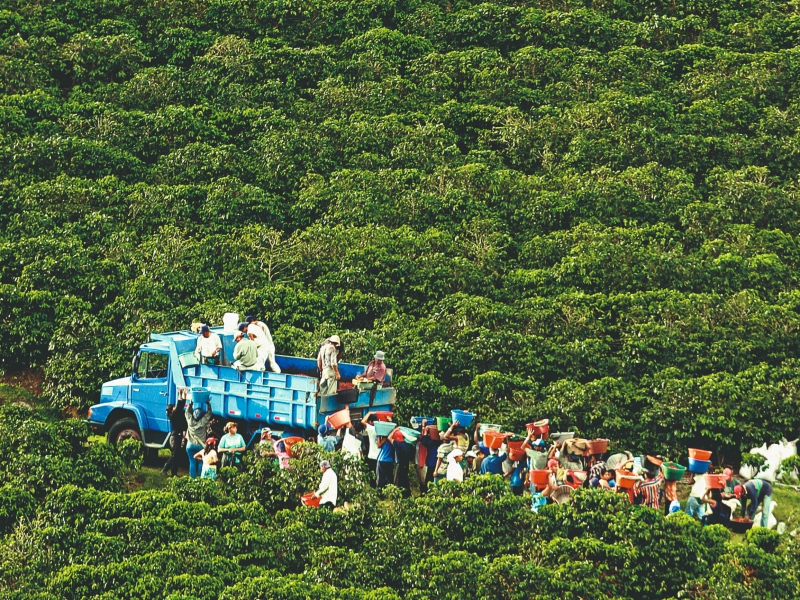
In the mid to late 2000s, however, there was a dramatic increase in micro mills. Farmers were investing in small-scale post-harvest equipment of their own and doing more of the processing themselves. This meant they were able to increase control over their coffee and the diversity of styles and coffees from all regions of Costa Rica dramatically increased. In the past, a unique and unusual coffee would have been blended in with coffees of neighboring farms, but not any longer.
This makes Costa Rican coffees exciting to explore, as it is now easier than ever to taste several different coffees from a particular area side by side, and begin to see the effect geography can have on taste.
Coffee and tourism
Costa Rica is the most developed, and is considered the safest, of the Central American countries. This makes it an incredibly popular tourist destination, especially with North Americans. Tourism has come not only to displace coffee as the primary source of income from abroad, but has also collided and combined with it. Ecotourism is particularly popular in Costa Rica, and it is possible to visit and take tours of many coffee farms in the country.
Typically those offering tours are the larger farms, with less focus on absolute quality, but it is nonetheless interesting to have the opportunity to see how coffee farming works up close.
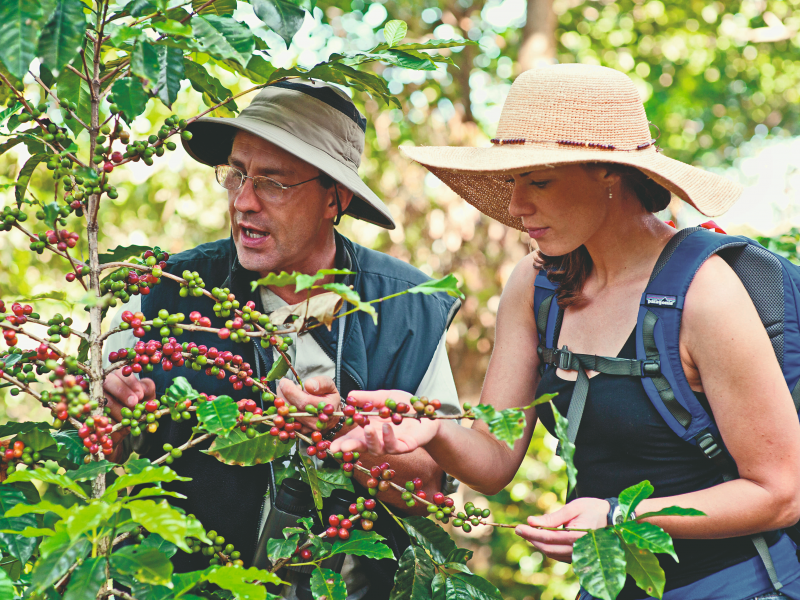
Traceability
Currently, land ownership is extremely common in Costa Rica, with ninety percent of coffee producers there owning small- to medium-sized farms. As such it is possible to find coffees traceable to an individual farm or a particular cooperative.
Taste profile
Costa Rican coffees are typically very clean and sweet, though often very light-bodied. However, recently micro mills are producing a wider range of flavors and styles.

